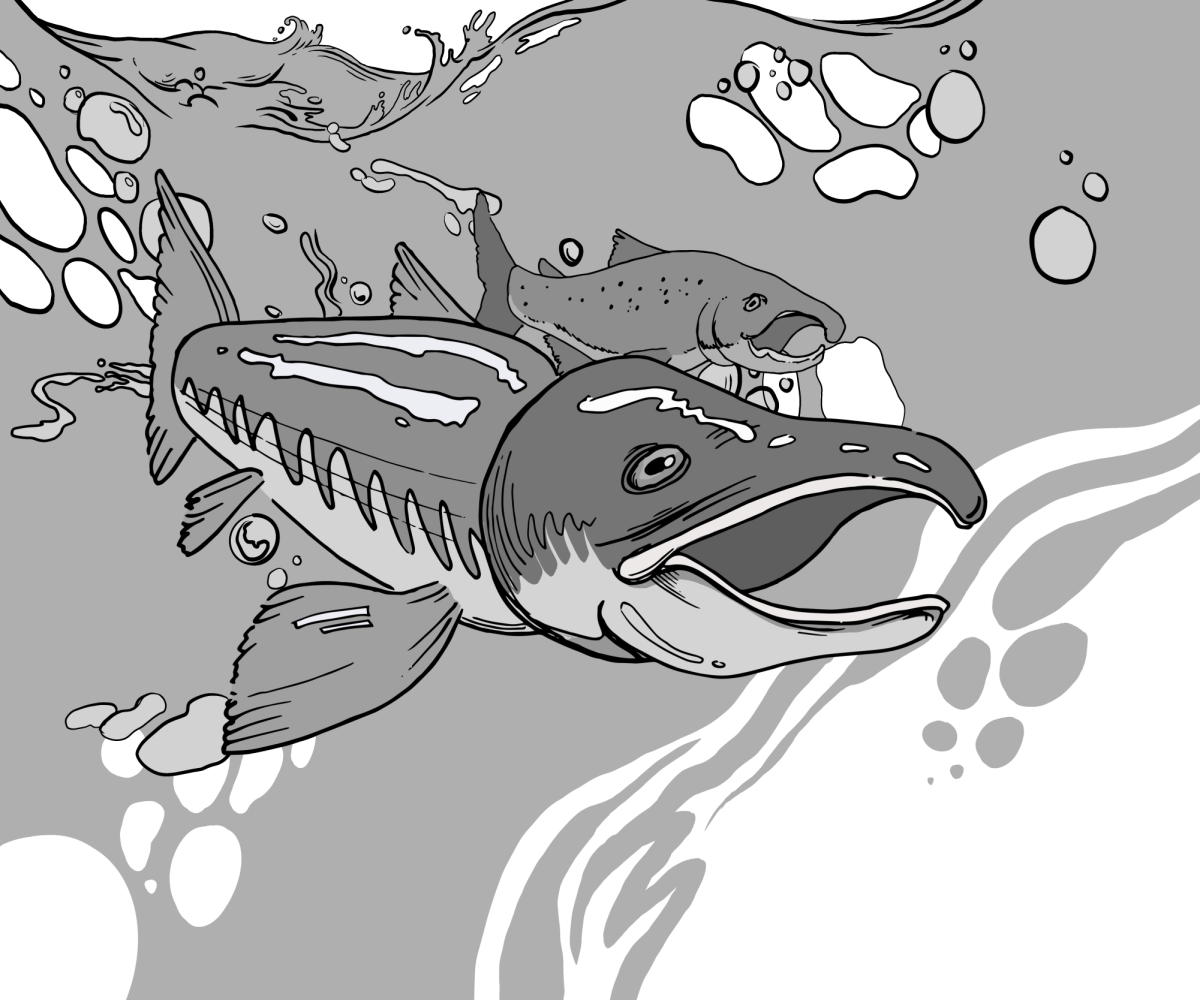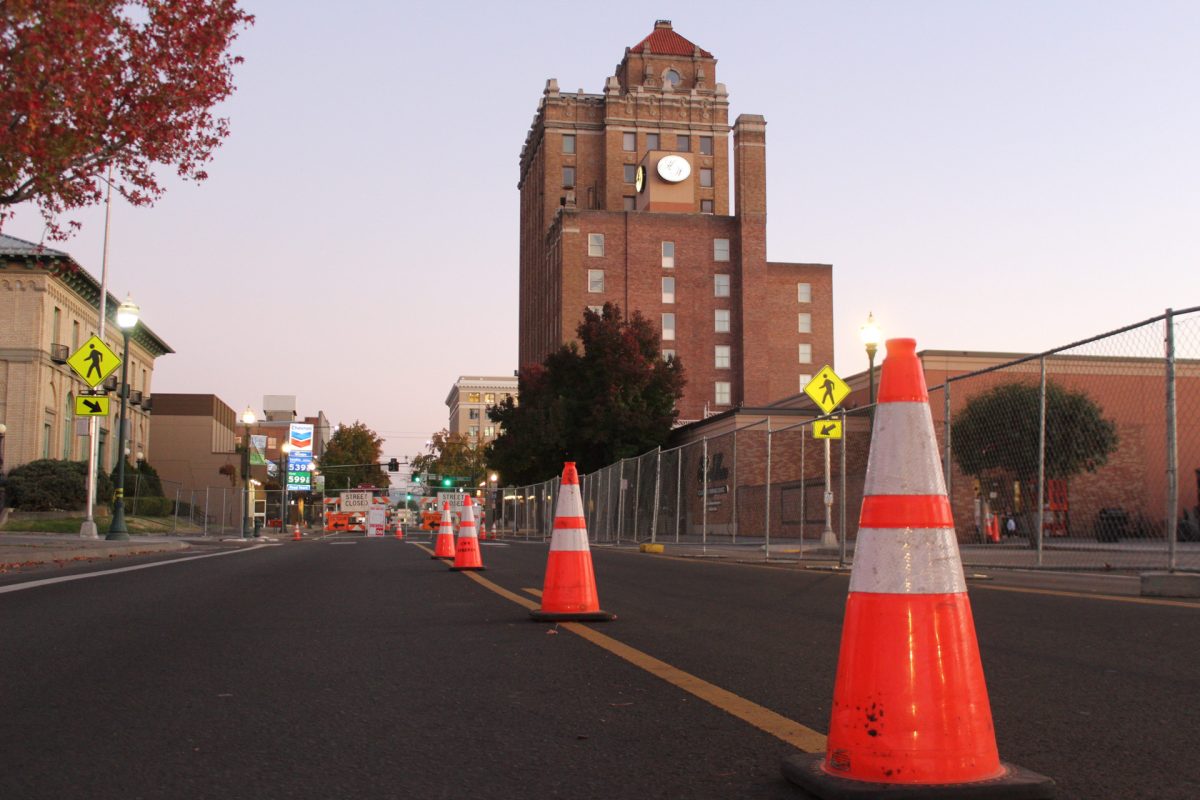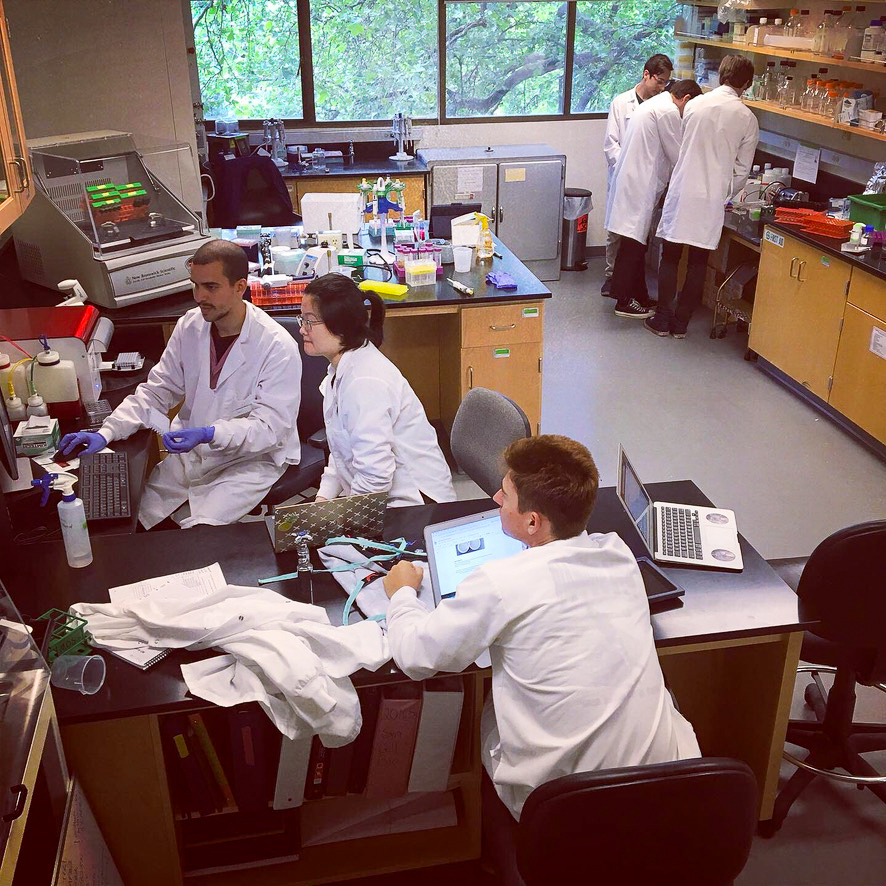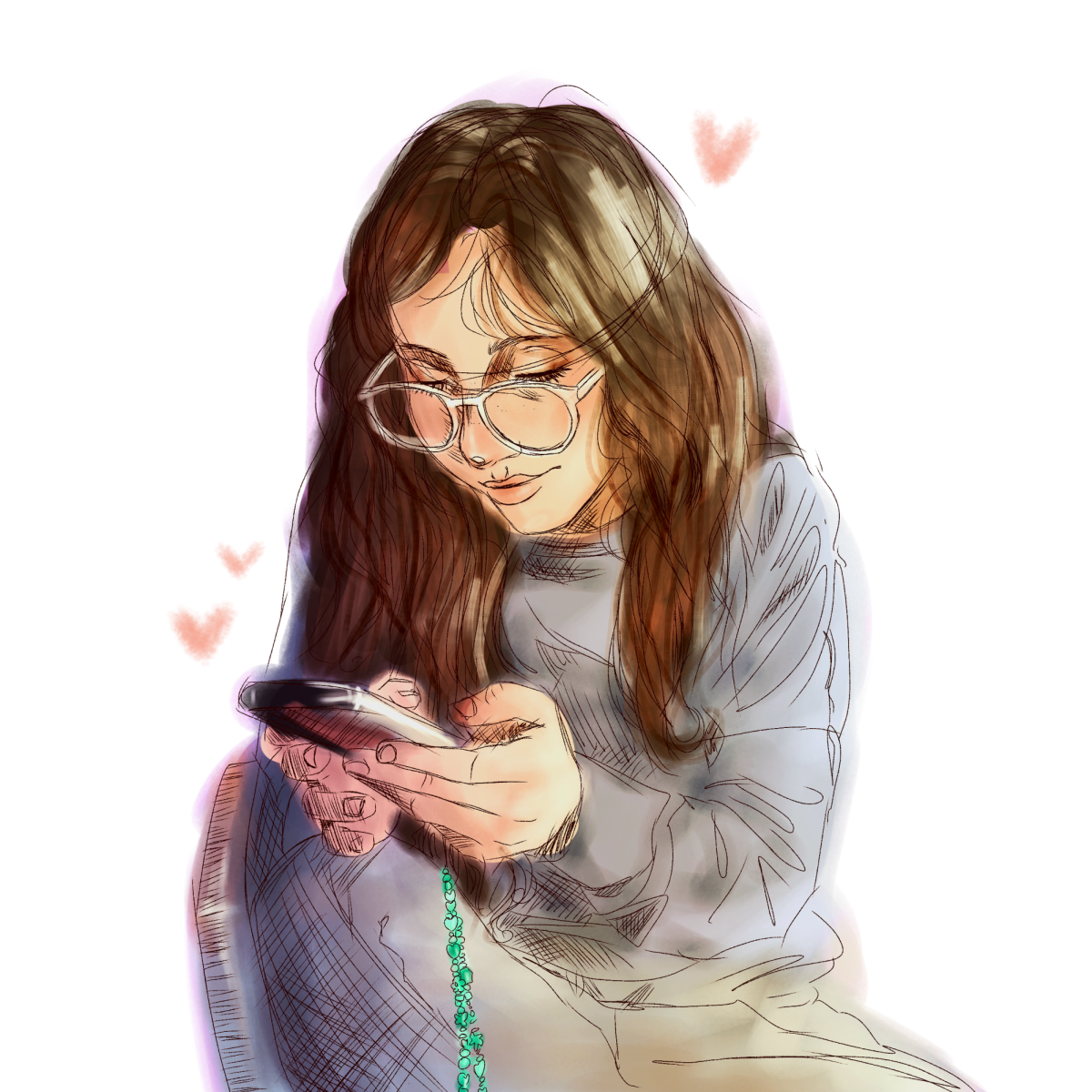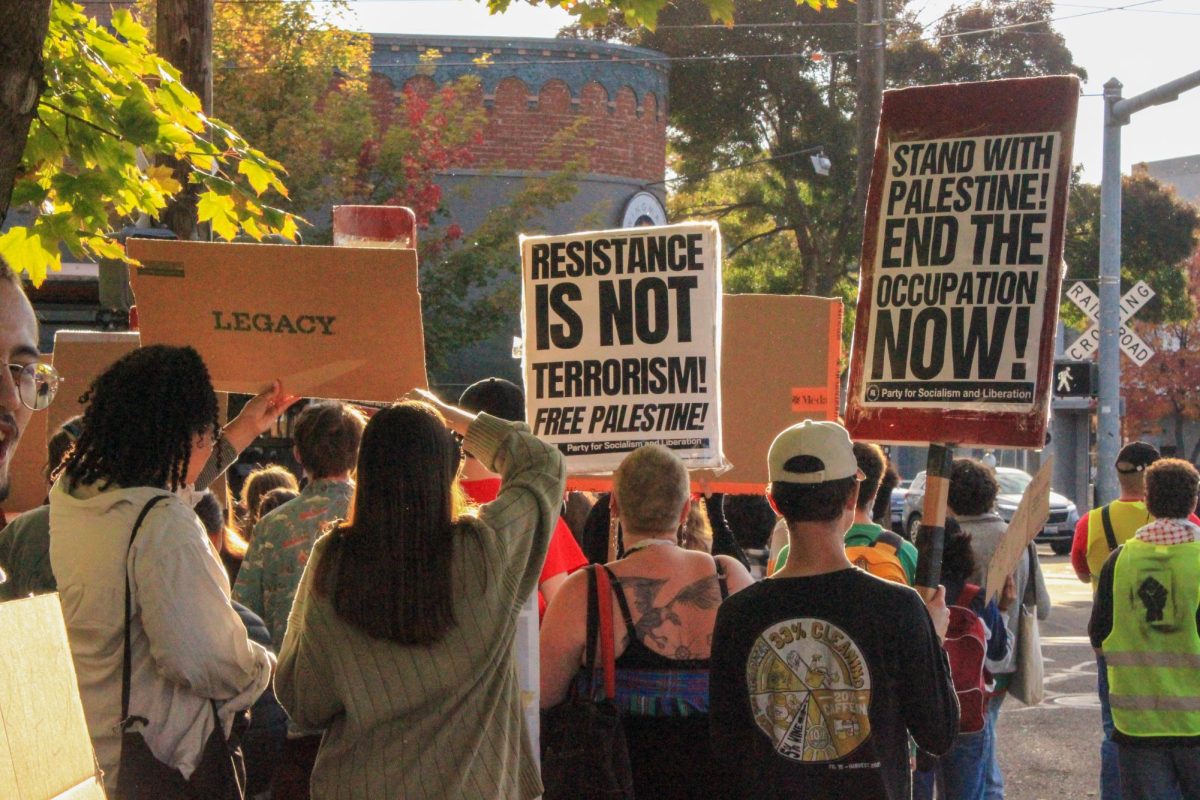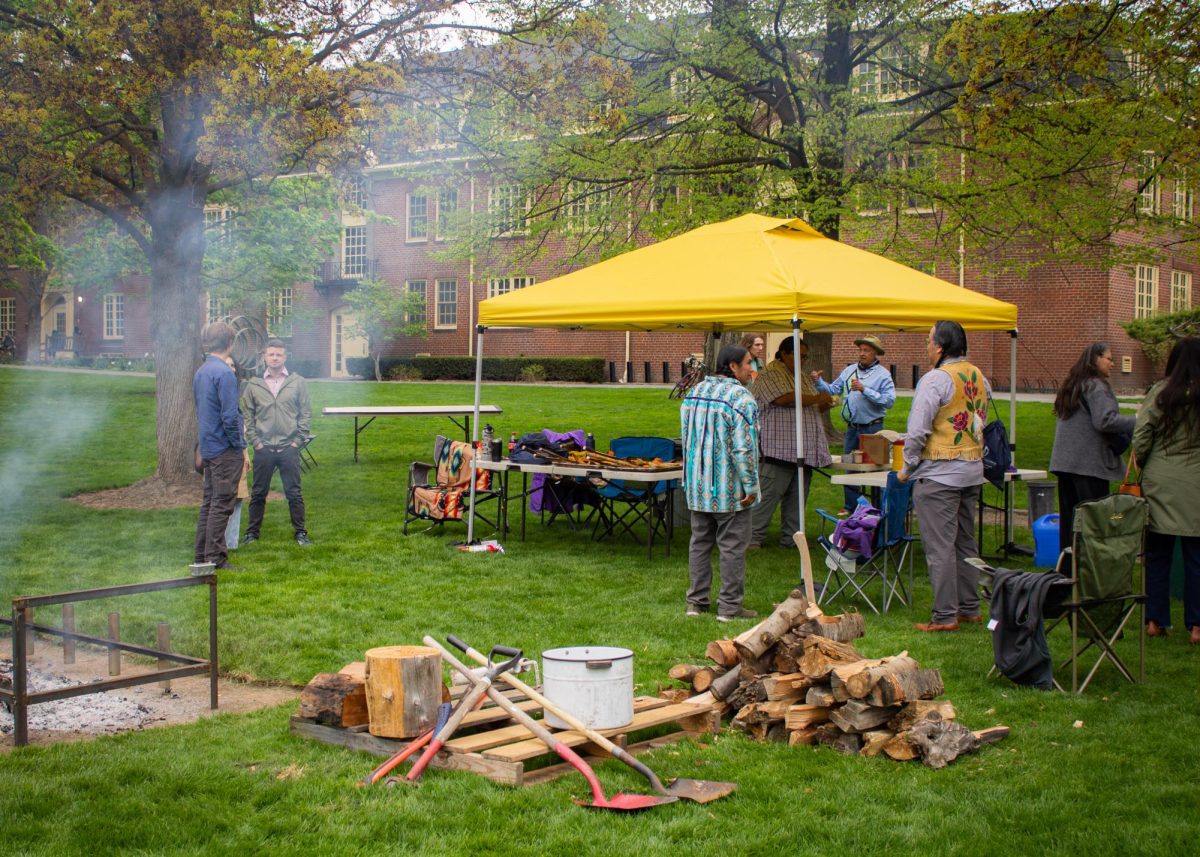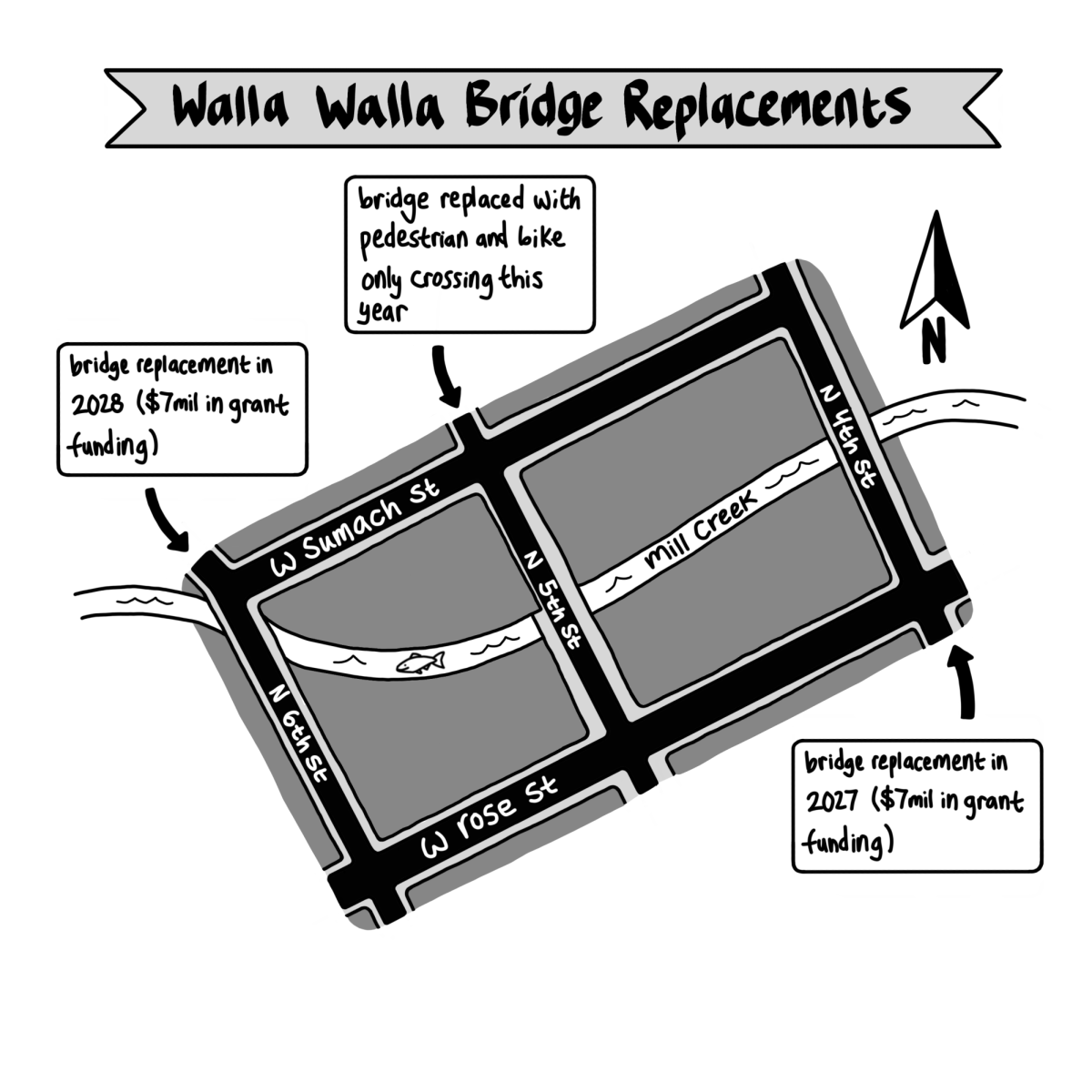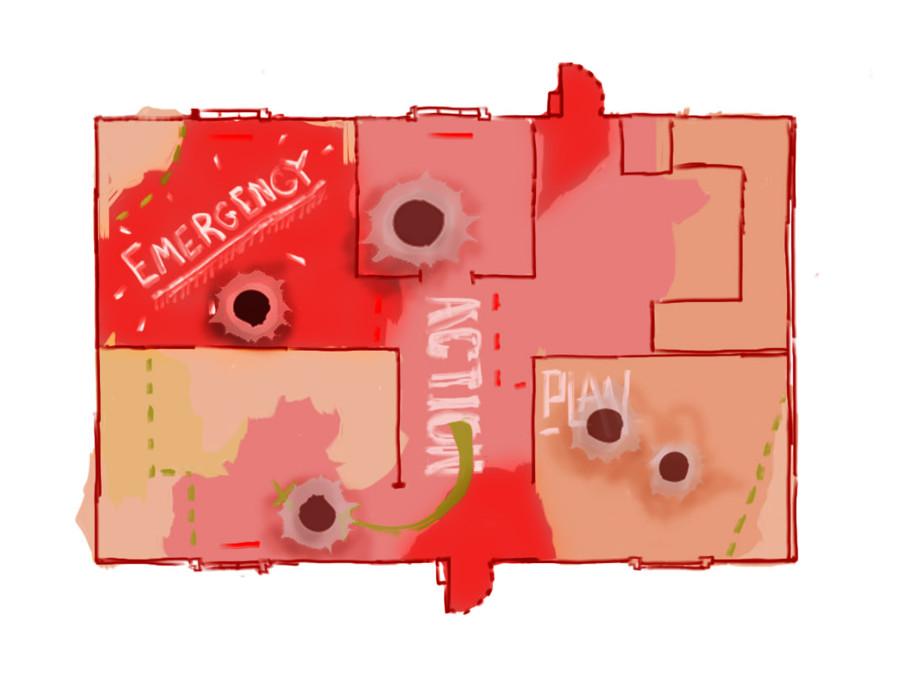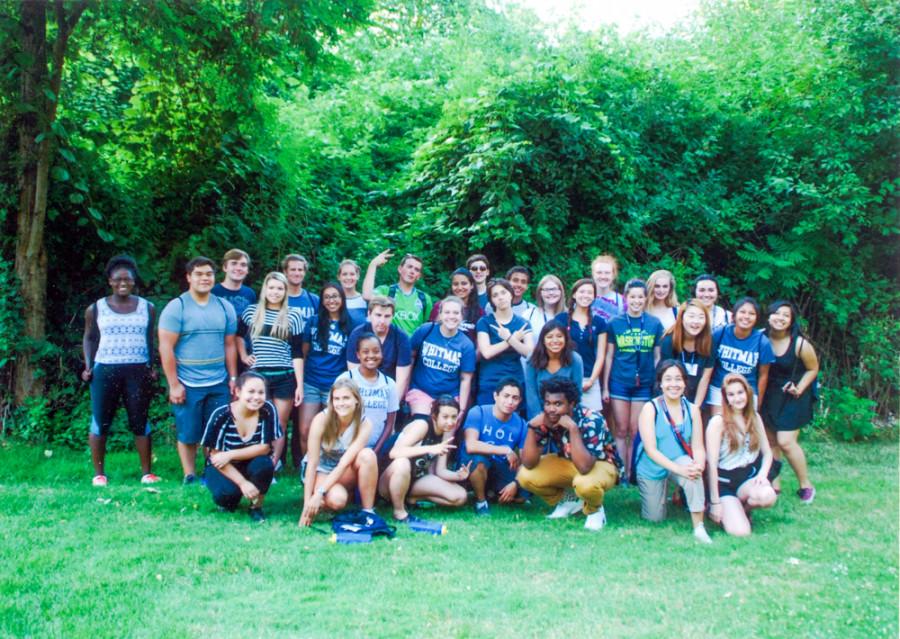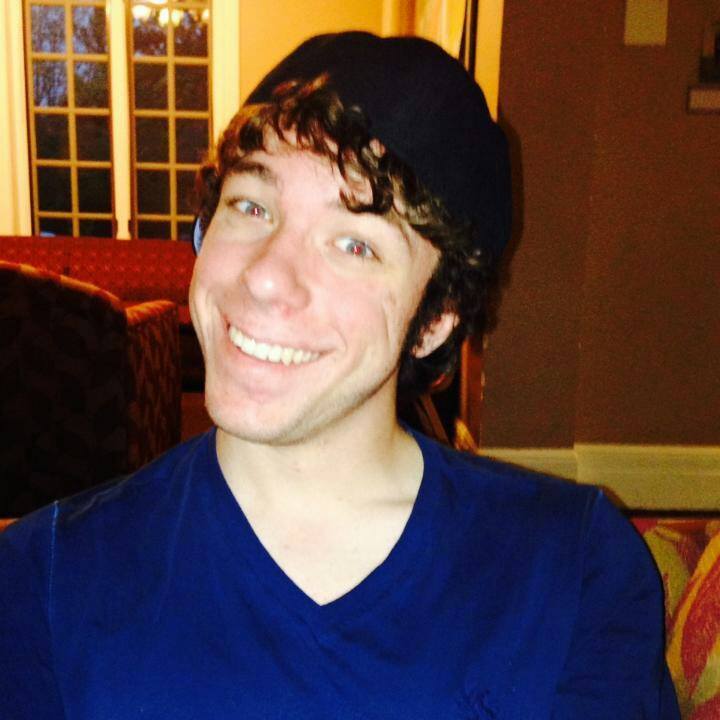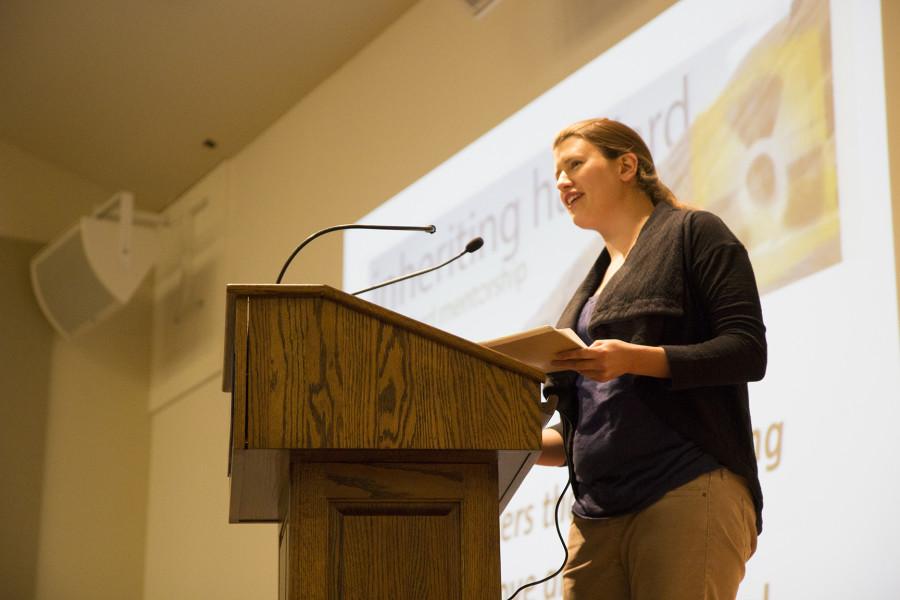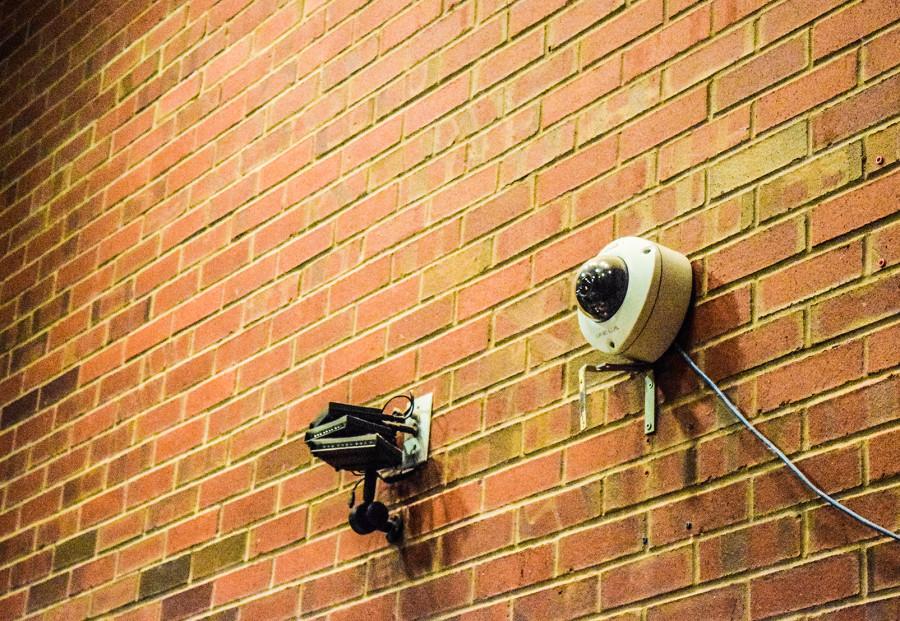
How would your perspective on the inmates in the penitentiary change if you could read the creative writing and poetry that they produced?
Undeniably, a passionate poem or creative story would give new depth and humanness to prisoners that are often regarded as violent and cold. A group of Whitman students spearheaded by junior Cameron Young are hoping to instigate this opportunity by offering a creative voice through which inmates at the penitentiary can express themselves to the surrounding community.
Despite its close proximity to Whitman, the Washington State Penitentiary remains something of an enigma to most students. In order to evolve the community’s relationship with the prison, Young has worked with the penitentiary staff to design a course where a group of Whitman students will go teach inmates about creative writing with a focus on poetry and creative fiction. They hope that eventually they will be able to work with the inmates to create a literary publication similar to quarterlife.
“We’re looking to do a kind of community outreach to prison inmates. For our first programming, we’re going to do a fine arts focus and teach prisoners basics such as symbolism, metaphor, simile and ask them to create work where it would display their prison experience,” said Young.
There are currently about 15 Whitman students involved in the project, many of whom are in Sociology 269: Prisons and Punishment, taught by Peterson Endowed Chair of Social Sciences Keith Farrington. Young and sophomore Alisha Agard were inspired to develop the program when they visited the penitentiary on a field trip for the class. The class was introduced to a panel of three inmates who were excited to share their prison experiences openly.
“I feel like some of these guys deserve a second chance, because it’s really easy to slip up in life. I think that was evident in one of the inmates who was there for only a year and was going to be a student at UW the following fall, who got convicted of a drunken assault,” said Young.
First-year Noel O’Shea, another student involved with the project, also spoke to the rehabilitative aspects of the creative writing course, and how others might gain a new perspective on inmates after they have been given a chance to express themselves.
“I think the big thing for me is giving people a chance who didn’t have a first chance. A lot of people think of prison as a place to rehabilitate and get a second chance, but what we forget is a lot of these people haven’t been given a first one,” said O’Shea.
Agard said that she hopes the creative expression will help to break down the barriers and stigmas surrounding the inmates.
“I guess that I hope to gain an understanding of the inmates, because society has a picture of them as these criminal, horrible, hard people and I’m pretty sure that’s not what they are,” Agard said. “So giving them an outlet to kind of share their story is important because I feel like so many people misconstrue who they are based on what they’ve done in the past.”
Once the class begins, a group of the students will go to the penitentiary to teach sessions lasting between one-and-a-half and three hours, where they will work with a classroom of minimum security and close custody prisoners. Young expects to start teaching there within the next couple of weeks. Since students are still finalizing communication with the staff at the penitentiary, however, final dates for the classes haven’t been set.
Young stressed that opening up dialogue with the surrounding community through creative works could seriously reduce the stigma surrounding the prison and possibly encourage prison reform.
“I don’t know if anyone would read it, but I think the idea is what we need, because as much as you want to talk about prison reform, a large step needs to be taken by the greater society [to] ask ourselves why we put felons in a caste system. It’s not necessarily fair, and from my perspective, it only perpetuates crime. These guys get out of the walls and really there’s no life for them,” he said.
In addition, the group wants to stress that the classroom experience will be a collaborative one, where the nine Whitman students will be learning as much from the prisoners as the prisoners are from them.
“It won’t be like the students are coming and teaching the inmates. It’ll be a collaborative [experience]: Everyone’s learning and everyone’s working together. So it’s not like a hierarchy of ‘we are the educated people coming to school you on how to do this.’ It’s more of ‘let’s experience this together and let’s learn together,'” said Agard.
Young and the other group members are eager to have the opportunity to explore and learn from both the penitentiary and the inmates themselves.
Professor Farrington, who led the students on the class trip to the penitentiary, spoke to the unique experience that has been presented to the students and the inmates they will be working with.
“I think it’s an opportunity that most students really welcome,” Farrington said. “It appeared that students really enjoyed having the opportunity to be talking to [the inmate panel]. Remember, rightly or wrongly, the people in the penitentiary are judged to be the worst in the state, and here is the opportunity to find out what makes them tick, to talk to them in a non-confrontational way and to hopefully let them see another side of life that they don’t normally see.”







